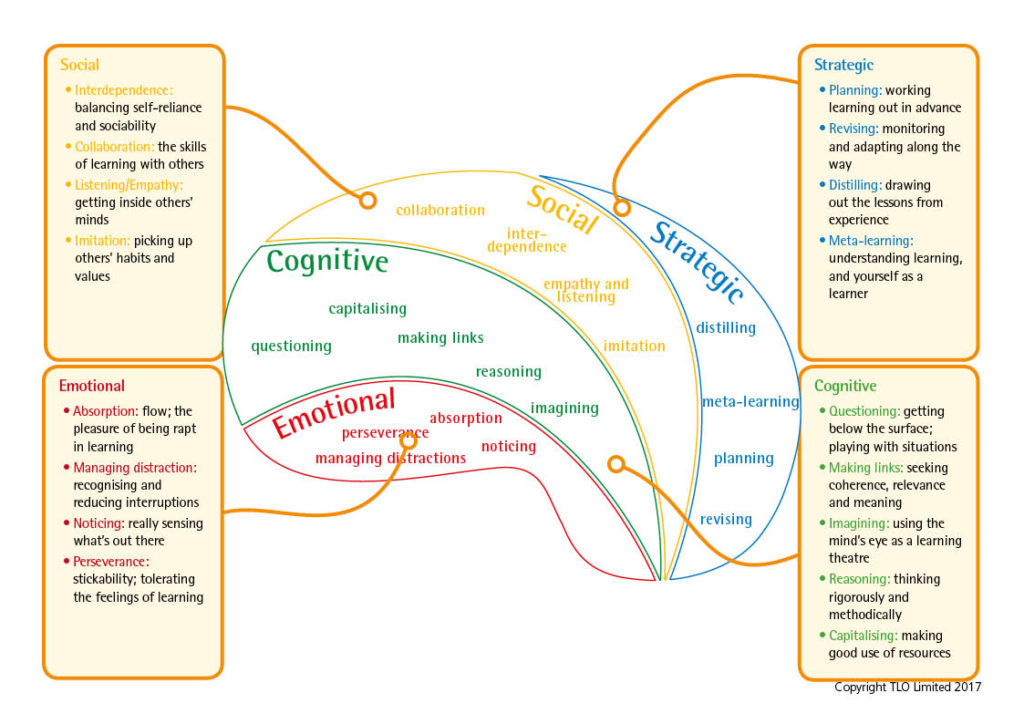Building Learning Power
Building Learning Power appeals to anyone who wants to know how to get better results and contribute to the development of real-life learners – both at once. It is for teachers, teacher trainers, parents and anyone involved in formal and informal education. It particularly appeals to those who want more than sound-bites and quick fixes; who seek a satisfying approach that leads to cumulative growth in students’ real-life self-confidence and ingenuity.
Building learning power is about helping young people to become better learners, both in school and out.
It is about creating a culture in classrooms – and in the school more widely – that systematically cultivates habits and attitudes that enable young people to become better learners; face difficulty and uncertainty calmly, confidently and creatively. It engages students consciously with the ideas and processes of their own learning in the knowledge that learning itself is learnable.
1. Why do we need to build learning power?
Students who are more confident of their own learning ability learn faster and learn better. They concentrate more, think harder and find learning more enjoyable. They do better in their tests and external examinations. And they are easier and more satisfying to teach.
Building Learning Power prepares youngsters better for an uncertain future. Today’s schools need to be educating not just for exam results but for lifelong learning. To thrive in the 21st century, it is not enough to leave school with a clutch of examination certificates. Pupils/students need to have learnt how to be tenacious and resourceful, imaginative and logical, self disciplined and self-aware, collaborative and inquisitive.
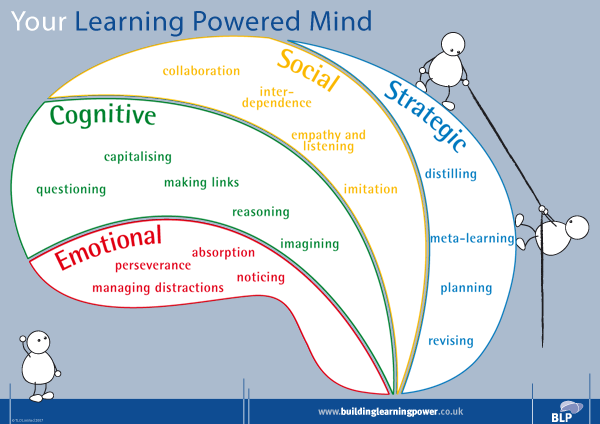
2. What’s different about Building Learning Power?
- Recognises that effective learning depends on qualities of attention and emotional reactivity; of thought and imagination; of reflection and self-awareness; and of sociability and relationships.
- Respects the complexities of science and resists easy simplifications, slogans and gimmicks.
- Views teachers as learning-power coaches who explore and extend students’ learning-to-learn behaviours.
- Infuses the development of learning habits and skills into curriculum content.
- Develops a language for learning throughout the school.
- Attends to the kind of language used to frame activities and comment on learning.
- Encourages learning challenges that students can get their teeth into — real, interesting and hard.
- Involves teachers in seeing themselves as learners about learning: taking time to think and ask questions about learning, testing out claims of their own, and customising ideas for local conditions and students’ current interests.
- Infects school life beyond the classroom, linking the professional world of teachers and the school’s relationship with its community.
- Sees education as a preparation for a learning life, with optimism that this can be pursued without a revolution — or at least with only a quiet, local, one.
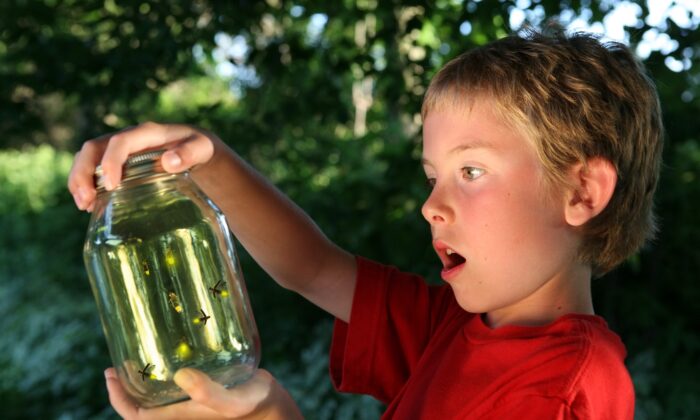
” I can’t think of anything more worth learning than learning to learn. It’s like having money in the bank at compound interest” David Perkins. Project Zero, Harvard University
3. Three core beliefs that underpin our focus
1.That the core purpose of education is to prepare young people for life after school; to get them ready, as Art Costa, an American educator says;
Not just for a life of tests, but for the tests of life.”
2. That this goal is valuable for all young people. Not all youngsters are going to do well in exams; that is a statistical certainty. So there has to be another outcome that is useful and relevant. Our society’s notion of ‘ability’ has been too closely tied to academic achievement, and to the assumption that some youngsters have got a lot of that sort of ability, and some not very much. We think that real-world intelligence is broader than that, that it is not fixed at birth, but is something that people can be helped to build up.
3.That this aim is particularly relevant in societies, like ours, that are full of change, complexity, risk, opportunity, and individual responsibility for making your own way in life. In the swirling currents of today’s world, many youngsters are at sea and that makes them anxious, angry, confused, and vulnerable. This involves helping young people discover the things that they’d really love to be great at, and to strengthen the will and the skill to pursue them.
All young people are capable of developing this confidence, capability, and passion
A smidgen more on the Tests of life
The tests of life
The core purpose of education is to prepare young people for life after school; to get them ready, as Art Costa, an American educator with similar views, says, ‘not just for a life of tests, but for the tests of life’. This means helping them build up the mental, emotional, and social resources to enjoy challenge and cope well with uncertainty and complexity. If you strip away political dogma, the evidence is overwhelming that this aim is not currently being achieved for very many students. Of course, this has to be done in a way that also develops literacy and numeracy, and gets young people the best test results possible. That is the challenge that BLP schools and teachers are willing to take up.
4. What effect will building students’ learning behaviours have?
Research has shown that developing students’ learning behaviours;
✅ Raises achievement
✅ Improves behaviour
✅ Increases motivation
✅ Creates supple learning minds
✅ Increases enjoyment in learning
✅ Establishes habits of lifelong learning
✅ Enhances creativity

More on the Supple Learning Mind framework
The Supple Learning Mind formed of high value learning behaviours
A rich framework for learning
The Supple Learning Mind framework embraces each of the domains of learning and these are shown in its four parts:
- The Emotional domain of learning (sometimes described as Resilience)
- The Cognitive domain of learning (sometimes described as Resourcefulness)
- The Social domain of learning (sometimes described as Reciprocity)
- The Strategic domain of learning (sometimes described as Reflectiveness)
This learning framework shows that learning isn’t just about having a good memory; it includes how we feel, how we think, how we learn with others and how we manage the process of learning. It shows that learning is a complex process. Furthermore it provides a language that helps teachers to think about how they cultivate each of the learning behaviours and helps students to gain a better personalised understanding of how they learn content.
Each domain clusters together the high value learning behaviours that best make that domain work well. For example the social domain is made up of the learning behaviours of interdependence, collaboration, listening and empathy and imitation.
5. How does it work in classrooms?
The approach is;
- based on a coherent picture of what it takes to be a good learner
- capitalises on previous learning-to-learn ideas
- grows a student’s learning character and habits
- develops the appetite and ability to learn in different ways
- transforms the culture of the classroom and the climate of the school
- shifts responsibility for learning to learn from the teacher to the learner
- engages teachers and students creatively as researchers in learning
- gives schools the opportunity to track students’ learning development
Oh and;
- shows short-term benefits within days
- starts small and builds firmly
- increases student and teacher motivation
- takes time, thought, and a bit of ingenuity to perfect
- re-energises teachers
- works best as a whole-school strategy
A bit more about transforming the culture
The Teachers’ Palette captures the nature of a transforming culture
Making learning power work involves shifting the culture of the classroom. A common language for learning is adopted; staff gradually shift responsibility for learning to students and model learning by sharing their own difficulties, frustrations and triumphs; students come to understand themselves as growing learners and consciously improve their learning habits; teachers assume the role of learning-power coach, offering students interesting, real and challenging activities to enable them to create their own knowledge and stretch their learning habits. Underpinning this is the obvious reality that students will only change their behaviours once their teachers have changed theirs’.
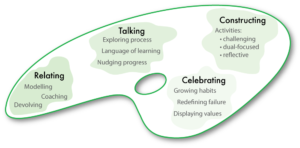
The culture of the classroom is determined by how teachers are, the relationships that exist between the teacher and the learners, the ways in which the teacher talks and what the teacher talks about, the extent to which teaching is designed to ensure both content acquisition and the development of learning behaviours, and the often subliminal messages about what the teacher really thinks is important.
These 4 aspects of culture – Relating, Talking, Constructing and Celebrating – form the basis of The Teachers’ Palette, the second of two key models in Building Learning Power.
6. How does it work across the whole school?
A honeycomb model of strength
The holistic model alongside shows aspects of pupil learning, teacher practice and school processes that are influenced by taking up the Building Learning Power approach to education. We would be kidding ourselves if we thought that “doing learning power” meant little more than a few tweaks in classroom practice. Doing it ‘right’ rather than ‘lite’ takes us deep into how supple learning minds grow, how teachers’ everyday practice needs to be developed, what it means to ‘lead learning’ and how parents can be brought into the action.
To work effectively all the aspects of the approach need to fit together perfectly like a honeycomb.
7. What else might you need to know?
How can we get started?
Take a look around our website where you’ll find a wide range of helpful ideas from books and posters to introductory At a Glance cards to online banks of tried and tested activities; from introductory online activity packs for restoring students’ resilience to longer term whole school programmes.
Get in touch with us to talk about where your school is at the moment and what you want to achieve.
Our programmes generally have a blend of the following elements: initial SLT awareness Zoom sessions; online training of learning champions as a precursor to their coaching of other colleagues within a professional learning community; awareness raising training for the full staff available, online or in-house; all supported by ongoing online content modules to ensure the school’s efforts to build better learners remains on track and becomes, a reality. Additional support in terms of a learning review, or The Learning Quality Framework, or bespoke webinars offer further external support to ensure that progress is sustained.
SEE FAQs below.
FAQ's – Our most frequently asked questions... answered
How does this stand up to Ofsted scrutiny. Will they like it?
Overwhelmingly, we find that inspectors love BLP when they see it. From the reports we have gathered from inspections of BLP schools, their reaction is to congratulate schools where they find pupils are self-aware about their learning, happy to take on responsibility for their own learning, good at collaborating, and so on. Most of our Learning Powered schools improve upon their Ofsted ratings after adopting BLP. We are now pleased to see that the benefits of BLP maintain their impact under the new assessment system, with several Learning Powered schools rated as ‘outstanding’ or ‘good’ in recent months. But the benefits of BLP are not limited to those at the top of the Ofsted spectrum: many schools in challenging circumstances have moved from ‘requires improvement’ when BLP has been part of their coherent plan to enhance learning and achievement.
Of the four key areas against which schools are assessed by Ofsted, Building Learning Power directly addresses three – quality of teaching, pupil behaviour, and quality of leadership and management – and naturally impacts on the fourth – pupil achievement.
How long will it take? What if we haven’t got time to implement BLP?
Yes, BLP takes time to embed in a school, and effort by individual teachers before it becomes second nature. It isn’t a quick fix or a glossy veneer, but the gradual, long-haul nature of BLP means you can take it slowly and by degrees. The guiding principles translate into a smorgasbord of small suggestions and possibilities, each one of which is not too demanding, and which build cumulatively into a significant shift in atmosphere and focus. The size and immediacy of this shift depends upon one key element: strategic leadership from the top of the organisation underpinned with a clear plan of action, with success criteria and regular check points to monitor progress.
Will test results drop back for a while when we are adopting the approach?
If you see the first years of education as the ‘learning foundation years’ and adapt your curriculum and pedagogy accordingly then you will have prepared students to learn in ways that will both gain them excellent examination results and equip them with the habits of mind for future success. Stop thinking ‘dare I try this with my year 6 students (if you teach in a primary school)’ ?, or ‘dare I try this with my year 11 students (secondary) ? – rather think how much easier it will be to be helping to prepare confident, thoughtful, resilient, independent, self-motivated learners for examination success.
Isn’t BLP just ‘good teaching’ wrapped up in fancy words? It looks like what good teachers have always done.
Well, that depends on your definition of ‘good teaching’, and the outcomes by which you judge it. There is plenty of evidence that some schools and teachers consistently get good exam results, but they do it by spoon-feeding, and their students do not develop high levels of emotional resilience, cognitive resourcefulness, sociability, and self-awareness along the way. A good many of these students become anxious and lost during subsequent phases of their learning, particularly so their first year at university. You could call that ‘good teaching’, but we don’t. Many schools adopt an in-between position – ‘We make our students think and stretch their minds’, they say, and they do. But it is a rare school that, without the benefit of BLP has thought through exactly what learning habits they are trying to develop, and how, systematically they are going about it.
Do some curriculum areas lend themselves more to BLP?
In our experience, these approaches lie at the heart of good learning and teaching in every curriculum area. The impact could be seen recently – during recent monitoring visits – in areas as diverse as Literacy, Numeracy, P.E., and Project Work in the primary sector, and in Mathematics, P.E., Modern Foreign Languages, Child Care, Science, Art and English in the secondary sector.
What are the pitfalls? Where have schools gone wrong?
The adoption of these approaches needs to be whole-school and led by school leaders. All school stakeholders – from pupils to governors, leadership to support staff, and most importantly teachers – need to be brought on board for the full impact of Building Learning Power to be felt. The embedding of these approaches falls short when it is sidelined by staff who see it as ‘another initiative that will go away’. Head teachers need to give it high profile approval, and give leadership to influential and tenacious staff who can champion these ways forward. A single immersion at a staff development day is never enough – a strategic plan for long-term development, rooted in the school as a whole learning its way forward together, is the only way of ensuring impact.

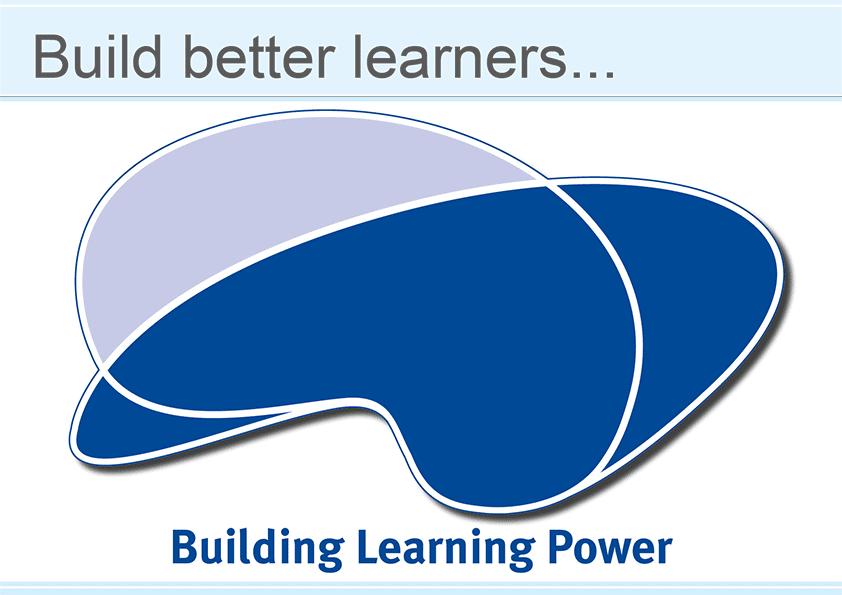
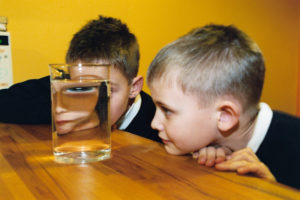
![BLP_Brain_Generic_no-Rs-[Converted]](https://www.buildinglearningpower.com/wp-content/uploads/2016/12/BLP_Brain_Generic_no-Rs-Converted-300x216.png)
